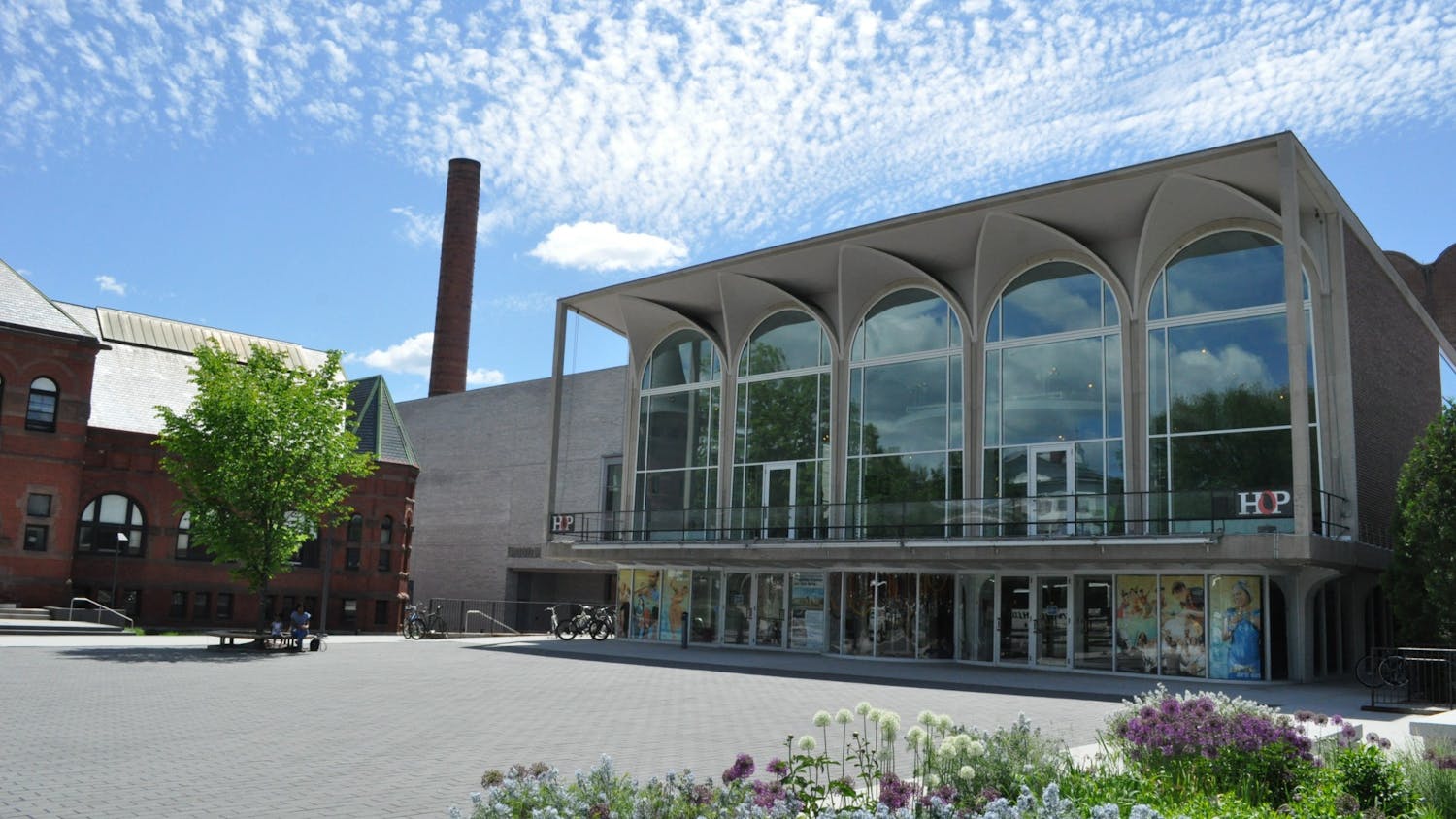The show will be staged by the Phantom Limb Company this Friday and Saturday at 8 p.m. in Moore Theater at the Hopkins Center for the Arts. The New York-based group, co-founded by Erik Sanko and Jessica Grindstaff, has been to Hanover before their extensive research into Shackleton's expedition in preparation for the performance spanned from examining materials in Rauner Special Collections Library to field work in Antarctica.
Both photography and film will assist the marionettes in visually telling the story, while an original contemporary score from the Grammy award-winning Kronos Quartet will supplement the Antarctic soundscapes.
In Shackleton's expedition to Antarctica, he sought to traverse the continent by foot from 1914 to 1916. The excursion, however, was met with an unfortunate roadblock Shackleton's ship, Endurance, became frozen in the Weddell Sea. Shackleton's main priority then became simply saving the lives of his crew.
Grindstaff said her interest in the story was propelled by a visit to the Museum of Natural History in New York, where she saw an iconic picture taken by Frank Hurley, the Australian photographer who accompanied Shackleton on his voyage and documented the trip amidst the icy terrain.
Following some more research, Sanko and Grindstaff were further enamored by Shackleton's leadership, and "the way he and his men came together with an intense kind of camaraderie and optimism," Grindstaff said.
Before engaging with the powerful story, however, the company's main priority was the staging aspects of the show.
"We wanted to do a show where we worked with marionette operators on stilts," Grindstaff said.
Phantom Limb's previous shows have also featured marionette puppetry, and it has been acclaimed for its reinvention of this theater form.
"The reason why we work with marionettes in general is because they're capable of conveying things I think that people can't," Grindstaff said. "You get this kind of gestural representation of an emotion, rather than just showing an emotion which we all know, and I think it kind of changes the way people experience things."
"69S: The Shackleton Project" is as much a show for children as it is for adults, according to Grindstaff.
"The best reactions that I've gotten so far, from all of the test audiences that we've done creating the show, have been children, who differ than college students," Grindstaff said. "They're not trying to figure it out and get the right answer. They just let it wash over them and kind of absorb the images that we're evoking and they come away with some amazing interpretation."
Grindstaff said she hopes audience members will leave the show with questions "about how we're human together and how we take care of ourselves and how we take care of our environment."
This will be the first Phantom Limb show that explicity explores these environmental questions, as the show benefits from the first-hand experiences the co-creators have had in Antarctica. Sanko and Grindstaff traveled to Antarctica for a look at the terrain Shackleton navigated and to meet with the scientists that are based there.
The co-creators' observations of the Antarctic landscape and topography enhanced the show's soundscape, which weaves together the sounds made by the continent's wind, ice and fauna, according to Grindstaff.
The Phantom Limb Company had been given the opportunity to use Rauner to conduct research by Hopkins Center Director of Programming Margaret Lawrence, which allowed the creators "to focus on the meaning of the show," Grindstaff said.
The show's name comes from the latitude where Shackleton's ship sank, and the company's founders hope to get the audience thinking about today's 69S, modern society's turning point, and how society can adjust its goals to realign with what is best for communities and the environment, much like Shackleton did.
Post-performace discussions with Sanko and Grindstaff will follow in Moore Theater. Baker Library Main Hall is currently featuring an exhibition on Shackleton's 1914 Trans-Antarctic Expedition.




